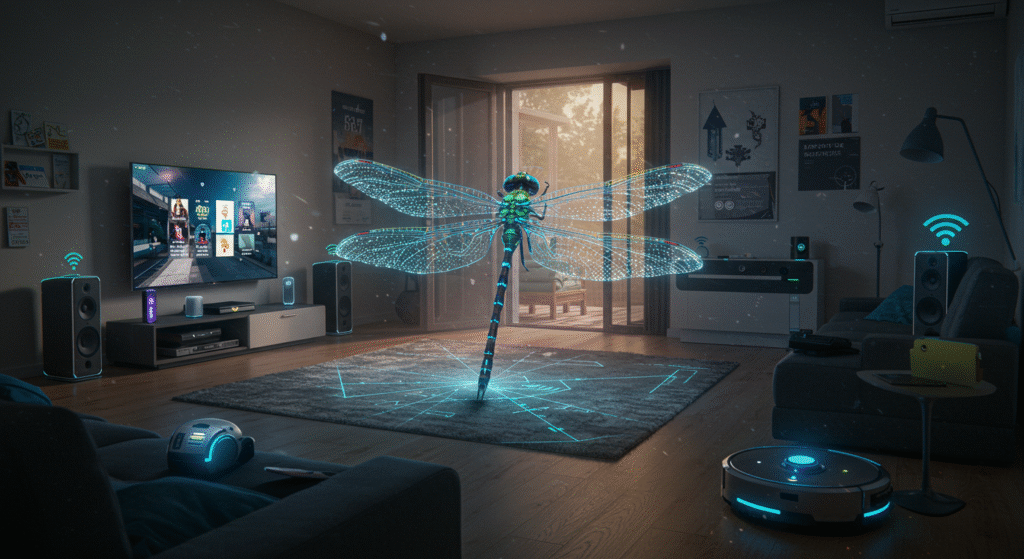How does an Otonata Network Scan work?
Think of your digital network like your home.
Our network scan works much like hiring a home security expert. The first step is to create a complete inventory of your digital “house” – all your doors, windows, cameras, smart devices, and even that spare key under the doormat. This is called building an asset register, and it’s essential – because you can’t secure what you don’t know exists.
Next, we assess each device for weaknesses. Are any “windows” unlocked? Is the back door flimsy? Is a Wi-Fi camera still using its default password? This is known as a vulnerability scan – checking for the common ways attackers might gain access.
This two-part process gives you a clear and actionable picture of where your network might be exposed. The result is similar to a corporate penetration test, where ethical hackers attempt to break in – but our approach is faster, more affordable*, and tailored for smaller environments like homes and small businesses. (*Penetration tests with similar outcomes are often priced from $12,000 and above!)
In short, it’s a smart way to identify digital weak spots before anyone else does.
Will my passwords be stolen? Can you see what I’m doing at home? Is my data safe?
No, your passwords are not collected, and your activity is not monitored.
Our scan does not access your private credentials. However, it does attempt to connect to devices using commonly known default or weak passwords — similar to a burglar testing if your front door is unlocked. These are generic, publicly known combinations your devices should already be protected against.
We take data privacy seriously. We only collect the minimum information required to identify your devices and any potential risks. All data handling complies with the relevant data protection laws – the PDPA in Singapore and The Privacy Act in Australia.
We do not monitor your network traffic or track what you’re doing. Full traffic analysis is a far more intrusive and expensive process – and for most small networks, it simply isn’t necessary. What you do in your network is your business – we’re just here to help you keep it secure.
What do I need to do before and during the scan?
Before the scan:
Make sure all your network-connected devices are turned on and connected to your Wi-Fi or network. This includes everything from smart TVs and printers to security cameras and light switches. Devices that are powered off or disconnected (like a camera you only use when traveling) won’t appear in the scan.
To get the most accurate results, connect and power up everything you use.
During the scan:
The process is automated and usually doesn’t require any action from you. We’ll only ask for assistance if something needs a quick check – for example, if the scanning device loses power or gets unplugged. In most cases, it’s as simple as checking a cable or pressing a power button.
Timing & Scheduling
The scan begins automatically once the device is connected to your network and powered on.
The initial discovery and asset mapping run immediately, followed by a deeper scan that is scheduled to run overnight. This helps avoid any disruption to your daytime usage and ensures all devices are idle and more accessible for thorough scanning.
Depending on the speed and complexity of your network, the scan typically takes between two to eight hours to complete. Most residential and small office environments fall within this window.
After the Scan
Once the scan is complete, you’ll receive a clear and concise report detailing the devices found, their current security posture, and any vulnerabilities or risks identified. Each item is explained in plain language, with prioritisation based on severity and likelihood of exploitation.
If you’ve chosen one of our premium packages, this includes two hours of remediation assistance. A qualified cybersecurity analyst will work with you to address the most critical findings, helping to resolve as many of the high-risk issues as time permits. This service can be conducted remotely or in person depending on the nature of the issue and your preferences.
We believe it’s not just about finding the problems – it’s about helping you fix them.

